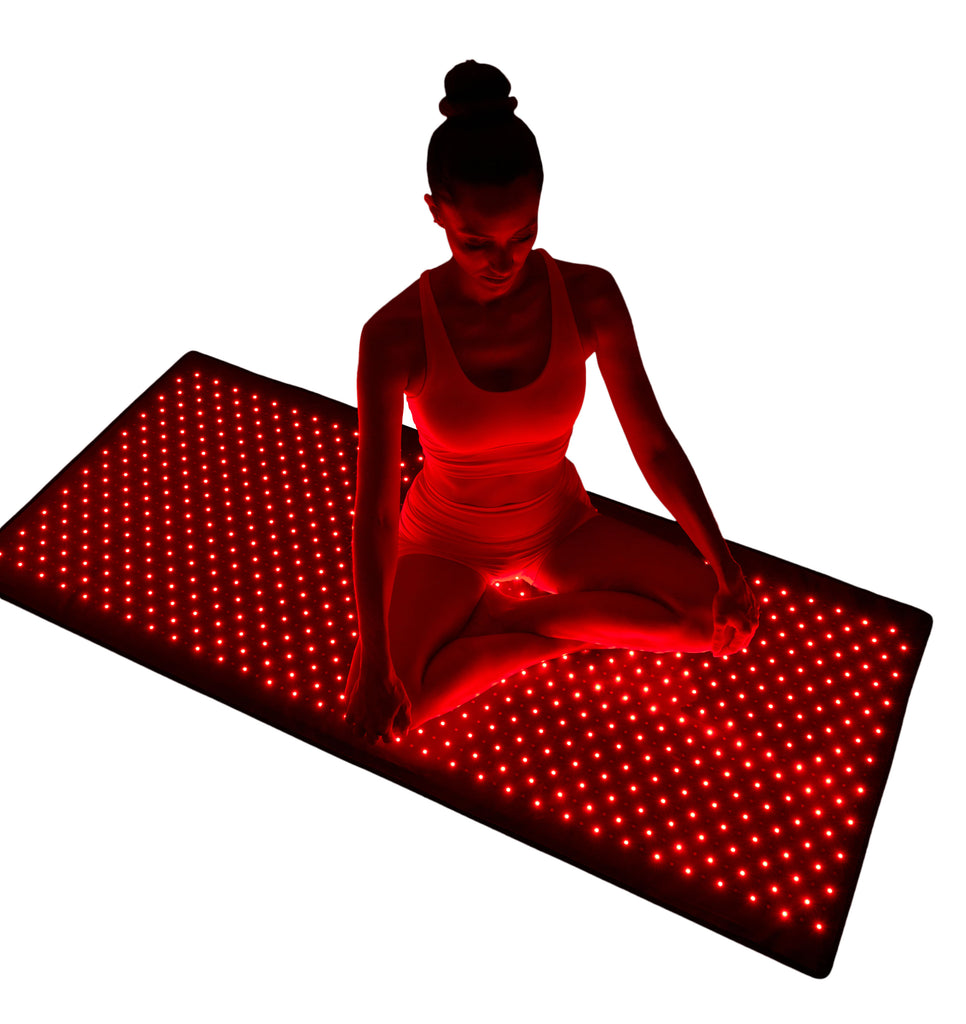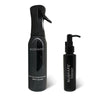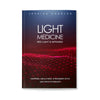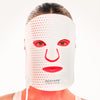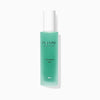
Bipolar disorder (BD) is a mood disorder marked by a combination of episodes of depressed and elevated mood. It usually appears in the late teen years or early twenties. During the depressive episodes, individuals present low mood, lack of self-confidence, feelings of hopelessness, and disturbances in sleep and appetite. On the other hand, manic episodes are characterized by euphoria, increased energy, irritability and rapid mood changes, reduced need for sleep, and increased self-confidence. People may only experience a mood episode once per year, or as often as multiple times per year. The typical treatment for BD is medication and therapy.
There are three types of bipolar disorders, let’s go through the description of each type as described by the American Association’s Diagnostic and Statistical Manual of Mental Disorders.
- Bipolar disorder I : consists of manic-depressive disorder that can exist simultaneously with and w/o psychotic episodes;
- Bipolar disorder II:involves alternating depressive and manic episodes that are generally less severe and do not inhibit functioning;
- Cyclothymia: a cyclic disorder that causes short hypomania and depression episodes
One of the most recurring questions is, how can I use Red Light Therapy (RLT) for insomnia while being diagnosed with bipolar disorder?
With the most recent discoveries regarding alternative treatments, such as RLT -aka Photobiomodulation (PBM), which can penetrate through the skull and get into the brain cells and produce more ATP by balancing the mitochondria. RLT is now used to heal, regenerate and protect damaged tissues that are at risk of dying. With its technique of using radiant energy through wavelengths, administered by LED light, it allows the modulation of biological functions and the possibility of non-invasive therapeutic effects. PBM is known for its contribution to sleep quality and its treatment for insomnia. As reported in a systematic review about PBM and its effects on psychological disorders, “Anxiety reduction and sleep improvement in the absence of significant adverse effects. Anhedonia reductions, libido increase and improvements in sleep, anxiety, impulsivity and irritability. Lithium levels increase”. In other words, PBM could indeed help alleviate the symptoms that go along with bipolar disorder.
Many studies have circled around the Pulsed Electromagnetic Field (PEMF) topic. Though the recruiting samples weren’t that high, the findings were very significant. These studies have also shown that PEMF could improve sleep quality, and reduce insomnia symptoms and sleepiness. PEMF therapy has also been found to enhance rapid mood elevation in patients with bipolar disorder. Studies report that following their results; there has been a significant reduction of depression in the participants, with a total of 52% of patients (of the study sample) in remission after two years.
To conclude, PEMF has shown significant progress when it comes to bipolar disorder, due to its reduction of depression symptoms, rapid mood improvement, and gradual but sustainable improvement.






























































































